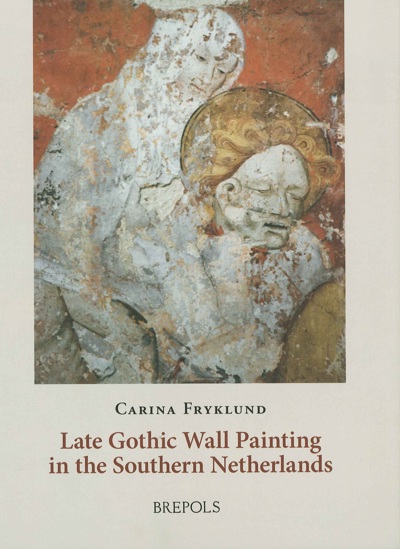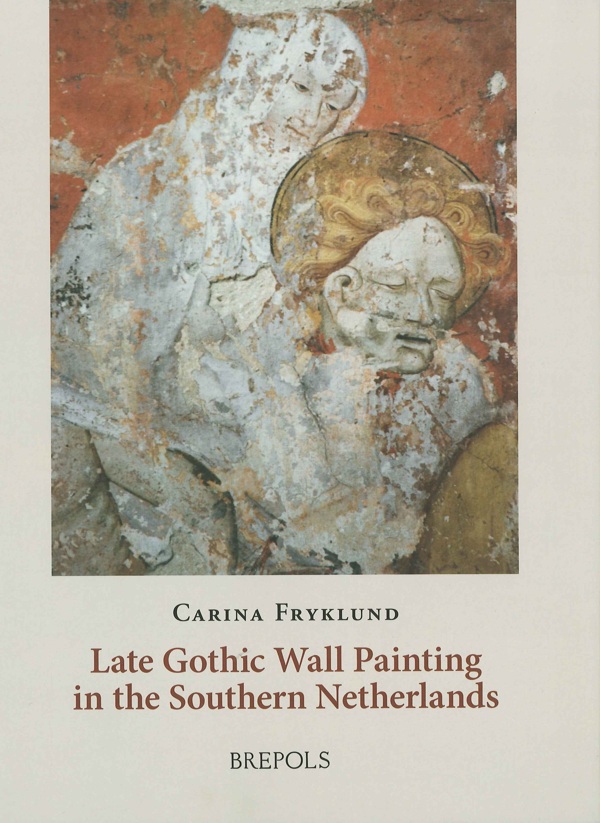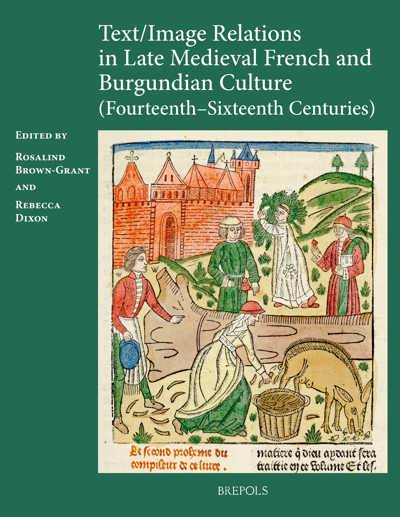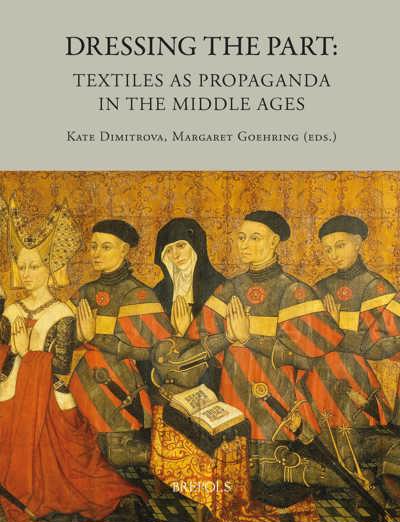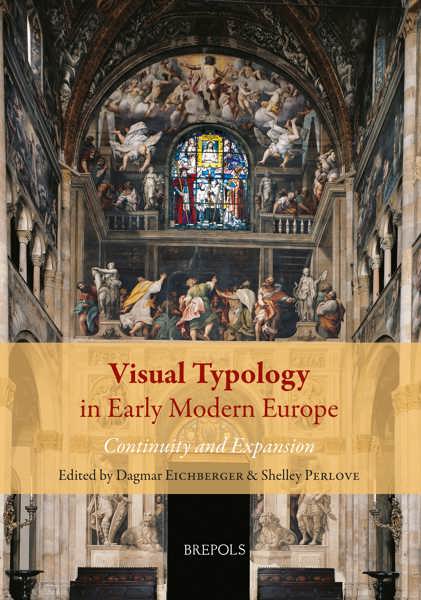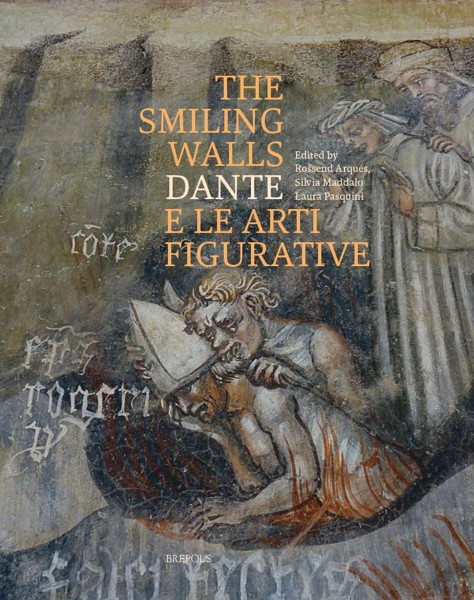
- Pages: 435 p.
- Size:220 x 280 mm
- Illustrations:454 b/w, 80 col.
- Language(s):English
- Publication Year:2011
- € 110,00 EXCL. VAT RETAIL PRICE
- ISBN: 978-2-503-51237-2
- Hardback
- Available
"Carina Fryklund hat ihre langjährigen Forschungen und ihre stupende Kenntnis zu diesem Thema im vorliegenden Band überzeugend zusammengefasst: Entstanden ist das Standardwerk zur spätmittelalterlichen Wandmalerei in den südlichen Niederlanden." (Leonhard Helten, in: Sehepunkte, 13 (2013), Nr. 4, 15.04.2013, http://www.sehepunkte.de/2013/04/17621.html)
"Fryklund’s book is a welcome addition to northern scholarship and will hopefully spur others to broaden our knowledge of this fascinating topic." (John Decker, in: HNA Review of Books)
"(...) the author brings verve and scholarship to issues such as the tastes and aspirations of patrons, the choice of subjects, and the role of painters and designers in making wall paintings." (Roger Rosewell, in: Speculum, 89/3, July 2014, p. 770-772)
The present book considers the development of figurative wall painting in the southern Low Countries over a period of two centuries, between circa 1300 and 1500. The region had a long-standing tradition of monumental figurative painting, of which the earliest, romanesque, examples are still preserved at Tournai and Ghent. Despite the central role that figurative wall painting clearly continued to play in the art, propaganda, and liturgy of the courts and churches of the late medieval southern Low Countries, the medium has been largely overlooked in comparison with the attention paid by art historians to other contemporary art forms. A variety of factors have contributed to this neglect, of which the most significant are undoubtedly the random survival, and the often damaged condition, of extant wall paintings, as well as the frequently remote locations and difficulty of access to the buildings housing them. Benign neglect and active vandalism have ensured that only a fraction of the great wall painting ensembles of the late medieval era have survived. Today, only fifty or so individual murals or ensembles of the Late Gothic period –not including a large number of tomb paintings –once in the churches and monasteries, town halls and guild chapels, castles and hôtels of the southern Low Countries, have survived the passage of time, wars, iconoclasm, and changing fashions of interior decoration. These include many previously unrecorded wall paintings discovered beneath layers of whitewash in churches and private residences within the last twenty-five years or so, and restored by conservation staff.
Carina Fryklund, Ph.D., is Research Curator at the Nationalmuseum in Stockholm. Educated at Columbia University's Institute, New York and New York University's Institute of Fine Arts, she has recently co-authored Anthony van Dyck: Masterpiece or Copy? (2009), a joint publication of the Nationalmuseum and Museum Boijmans van Beuningen, Rotterdam, and Dutch and Flemish Painting, III: Flemish Paintings, c. 1600-1800, a catalogue of the Nationalmuseum (2010). She is currently preparing a catalogue of Early Netherlandish and seventeenth-century Flemish master drawings in the collections of the Nationalmuseum.
